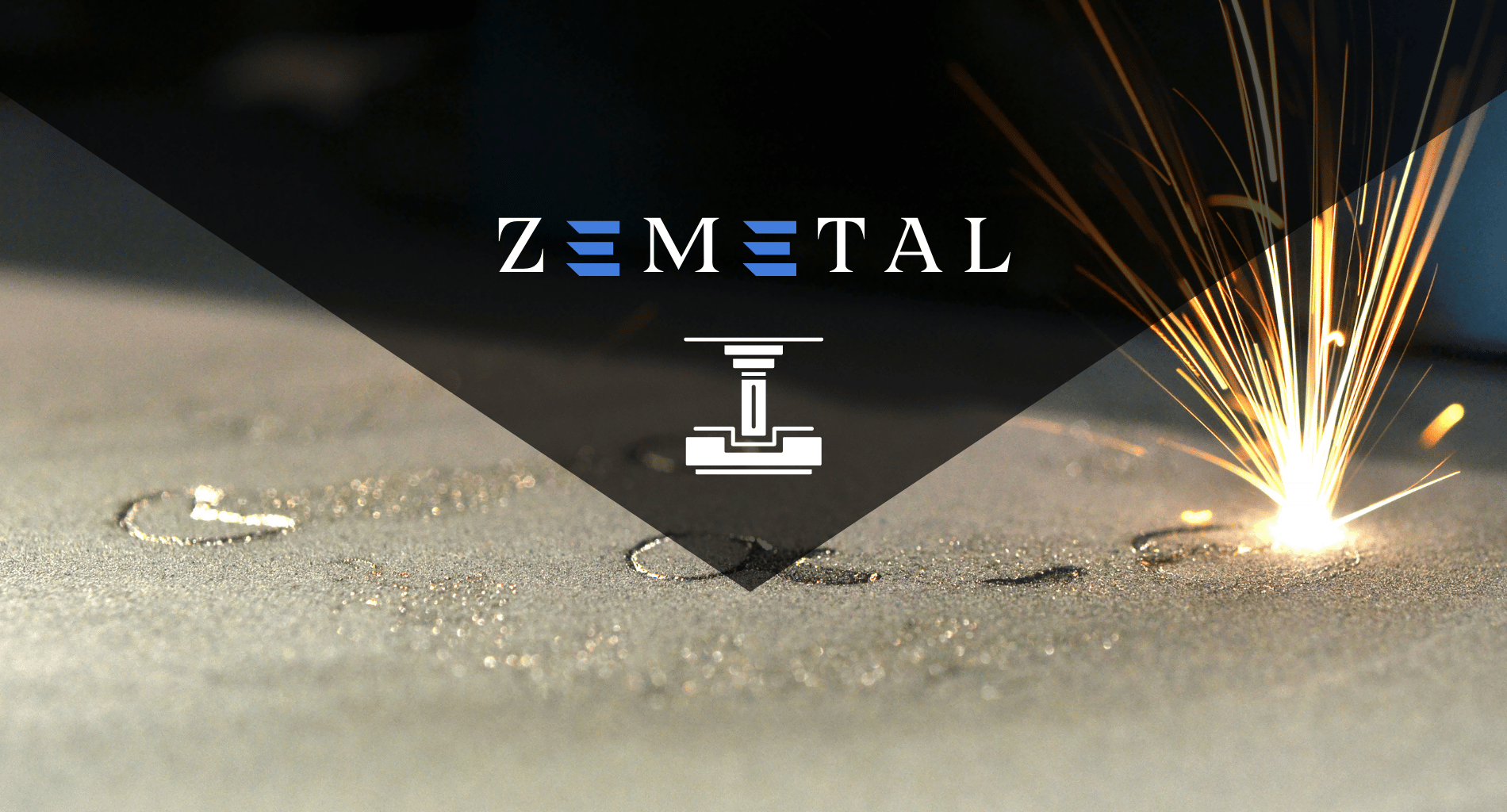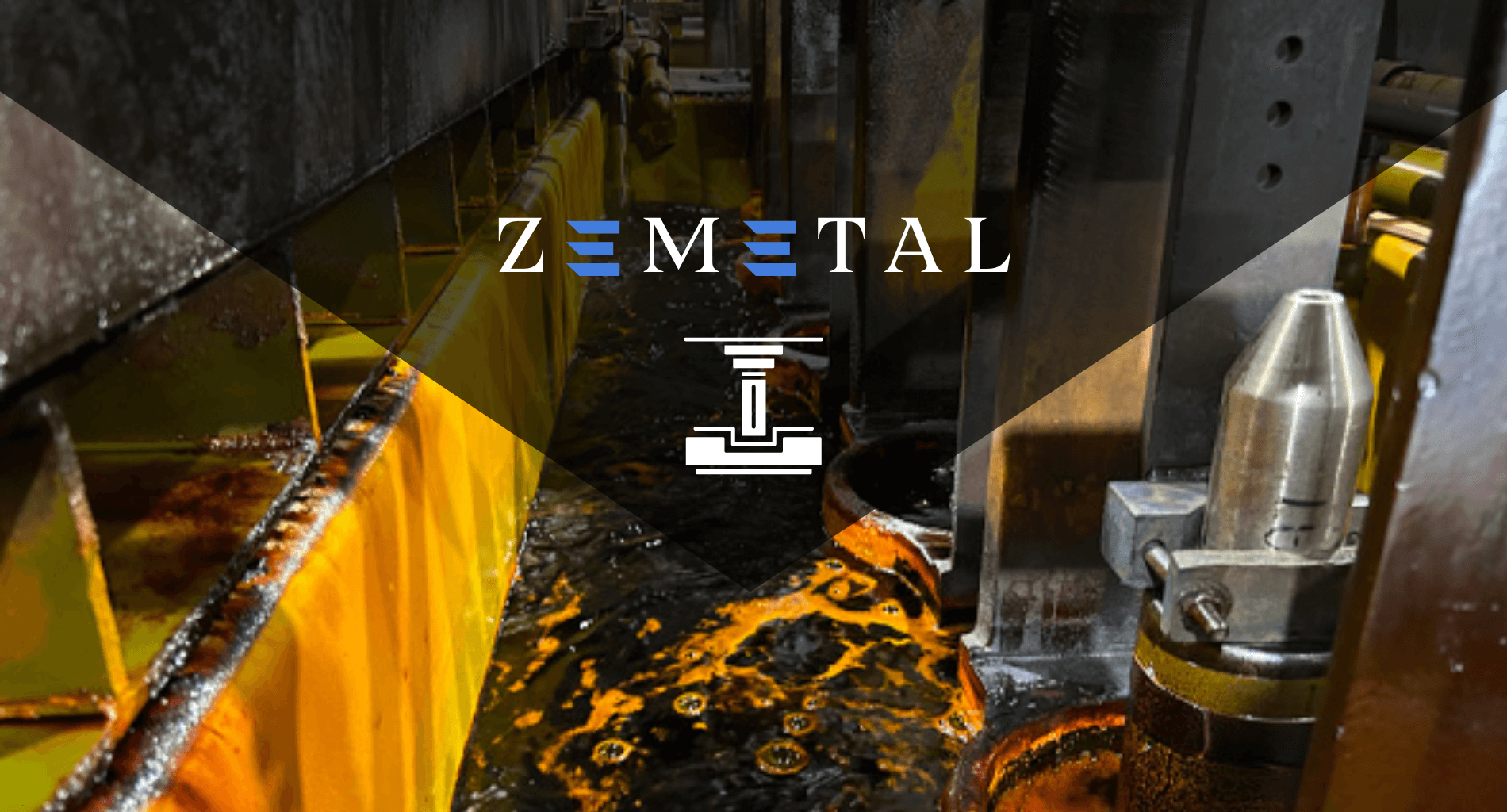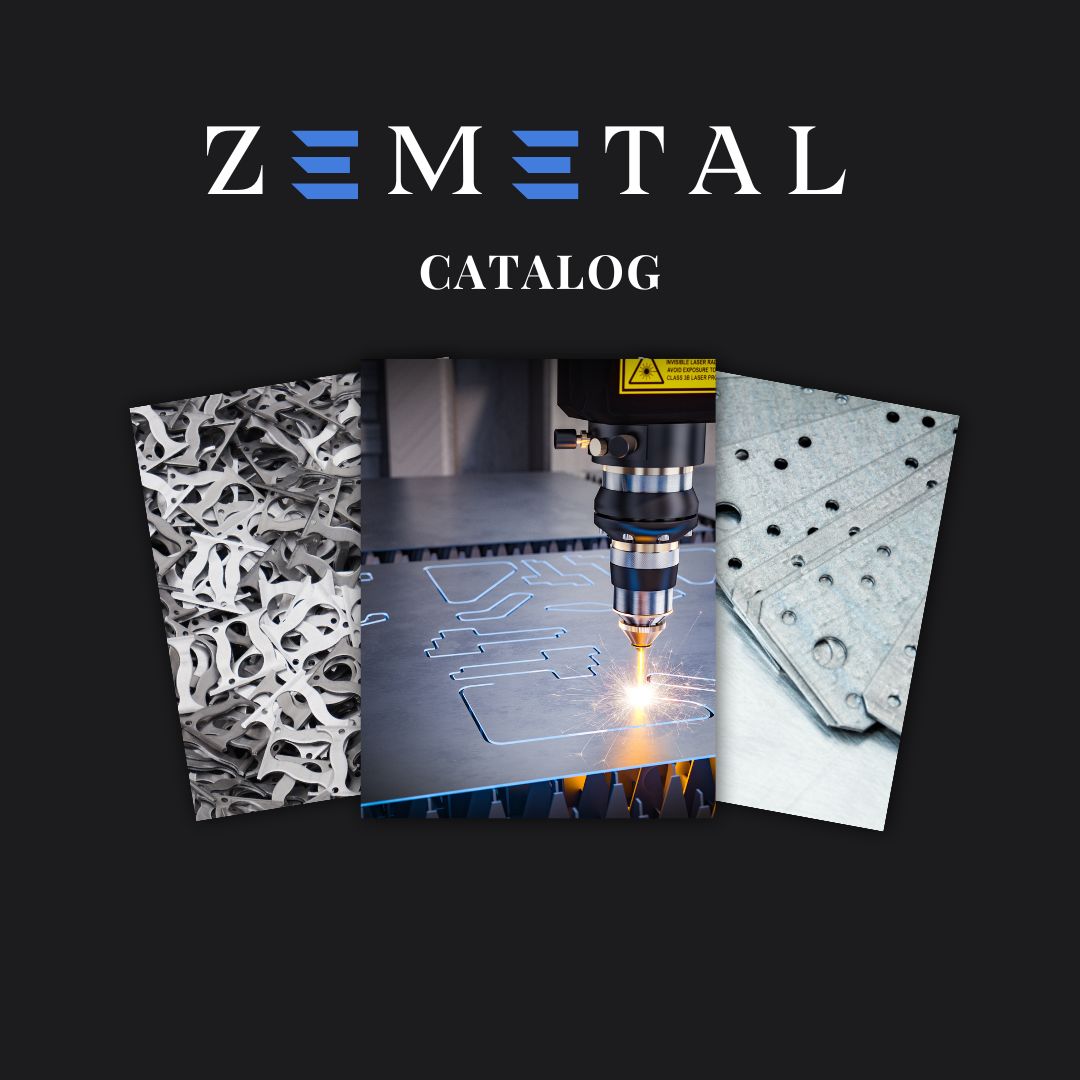Does your product’s finish reflect the quality your business stands for? In the competitive industry of metal fabrication, a flawless mirror finish and plating is a reflection of your commitment to excellence and durability.
With an extensive background in metal fabrication and a deep-seated passion for perfection, I bring you insights born from real-world experience. My expertise is your guide through the complexity of polishing and plating.
Mirror polishing and plating are the art and science of elevating a product from good to exceptional. These processes enhances the aesthetic appeal and functional longevity of metal components.
In this guide, we’ll walk through the precise paths into perfect mirror finishes and resilient plating. From preparation to the final gleaming product, you’ll learn the ins and outs that make these services essential in your pursuit of quality.
Read on to discover a world of reflective perfection and protective prowess.
1. Defining Mirror Polishing and Plating
Mirror polishing is a finishing process designed to produce a highly reflective surface. It involves systematically abrading metal using progressively finer abrasives until achieving a smooth, mirror-like appearance. This technique is not only about visual appeal but also about creating a surface that’s less prone to corrosion and easier to clean.
Plating, on the other hand, is a surface covering where a metal is deposited on a conductive surface. It serves various purposes, such as enhancing aesthetics and increasing surface hardness. The process involves submerging the metal into a solution containing the plating material, which is then electrically deposited onto the surface.
2. Advantages of Mirror Polishing and Plating
Building on the definition of mirror polishing and plating, each finish brings a multitude of advantages to metal fabrication, each contributing to the overall quality of the final product. Here are their significant benefits:
Mirror Polishing
- Enhanced Aesthetic Appeal: Mirror polishing elevates the visual quality of metal components to a premium level. This superior finish not only attracts the eye but also adds perceived value to the product, making it more appealing to customers who prioritize quality and appearance.
- Improved Corrosion Resistance: A mirror-polished surface has fewer microscopic pits and crevices where moisture and contaminants can accumulate. This smoothness reduces the risk of corrosion, thereby extending life and maintaining the integrity of the metal.
- Easier Cleaning and Maintenance: The slick, smooth surface created by mirror polishing simplifies cleaning efforts. Dirt, dust, and liquids slide off more easily, which is particularly beneficial in environments where hygiene and cleanliness are paramount.
Plating
- Increased Durability: Plating adds an extra layer of material on the metal surface, which can significantly increase its hardness and resistance to wear and tear. This is crucial for components exposed to harsh conditions or those requiring extended longevity.
- Corrosion Protection: By coating the metal with a less reactive material, plating acts as a barrier against environmental factors that cause corrosion. This protection is vital for metals prone to rust or degradation, ensuring they maintain their structural integrity and function over time.
- Enhanced Electrical Conductivity: For certain applications, plating with materials like gold or silver can improve electrical conductivity. This is particularly advantageous in electronic components where efficient and reliable electrical transmission is critical.
3. Popular Metals for Polishing and Plating
Following the exploration of the advantages of mirror polishing and plating, it’s important to recognize that not all metals are created equal in this regard. Here’s a look at some popular metals that are frequently chosen for these finishes:
Stainless Steel
According to Fortune Business Insights, stainless steel is expected to value $305.56 billion in the market by 2030, making it a popular choice for mirror polishing due to its strength and resistance to tarnishing. When polished, it can achieve an almost perfect mirror finish that is aesthetically pleasing and highly resistant to corrosion. Its smooth surface also makes it easier to clean, ideal for industries requiring sanitary conditions.
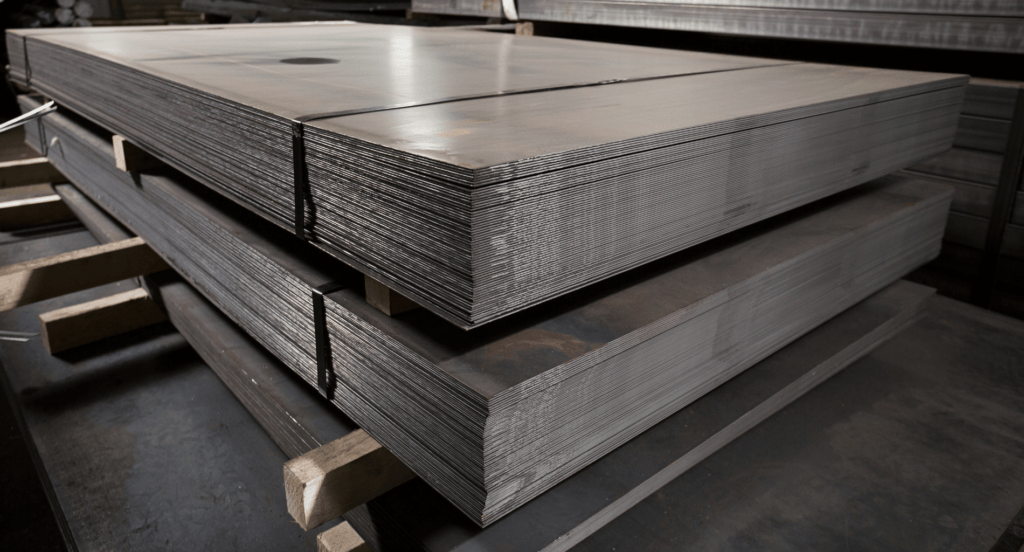
Aluminum
Aluminum is lightweight and possesses a natural luster that makes it an excellent candidate for both polishing and plating. Mirror polishing can turn its surface into a highly reflective one, while plating can further enhance its corrosion resistance and durability. It’s widely used in automotive and aerospace industries for its combined beauty and functionality.
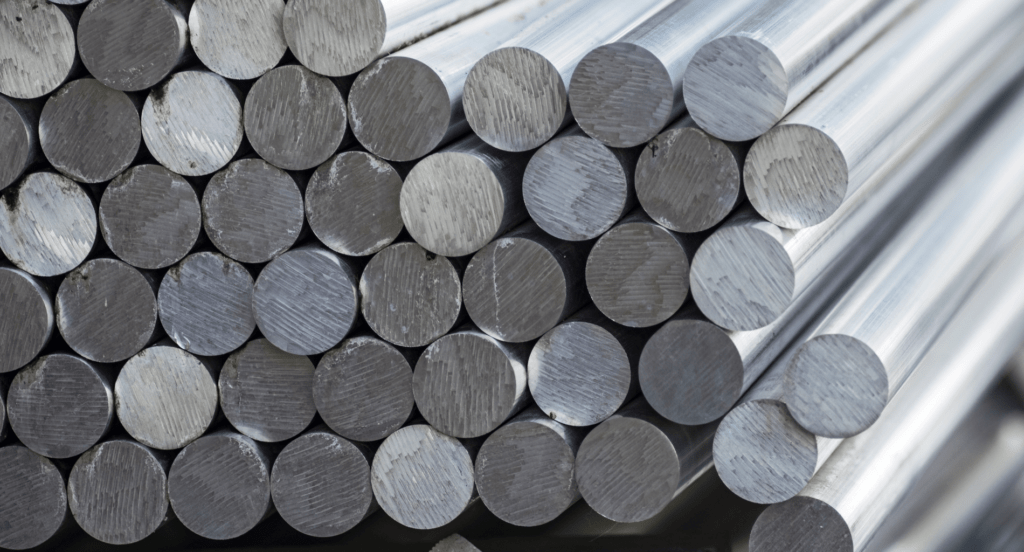
Copper
Copper is known for its natural reddish-brown color excellent thermal and electrical conductivity. When polished, it can achieve a warm, reflective sheen that’s highly sought after for decorative purposes. Plating copper can also improve its resistance to tarnishing and wear, extending the life of the products made from it. Harness the enduring functionality of copper in your offerings, offering products that perform exceptionally.
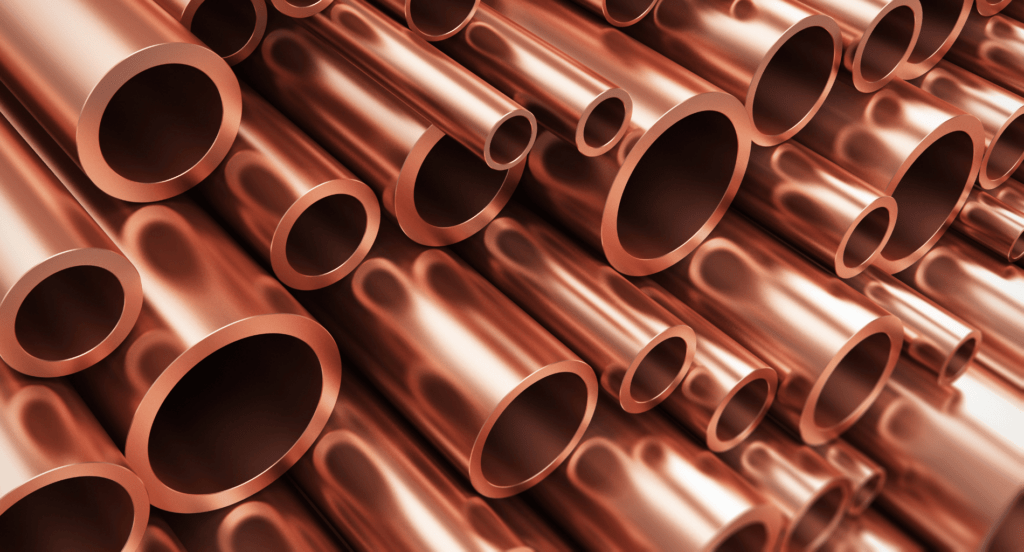
Gold
Gold, with its unrivaled luster and prestige, is often used for plating to add a touch of luxury and increase resistance to corrosion. An example of gold plating can be seen in electronics, where small connectors are plated with gold to ensure corrosion-resistant electrical connections. Despite its higher cost, the benefits of gold plating in terms of reliability and conductivity make it a popular choice in high-stakes applications.

4. Mirror Polishing and Plating in Different Industries
As we’ve seen with the popular metals for polishing and plating, these processes are not limited to a single application but span across various industries. Here are some industries where these techniques play a pivotal role:
Mirror Polishing
- Automotive Industry: In the automotive industry, mirror polishing is vital for both aesthetic and functional purposes. Components like exhausts, rims, and trim benefit from a polished finish, enhancing the vehicle’s resistance to environmental factors. This process is also crucial for creating smooth surfaces that improve aerodynamics.
- Food and Beverage Equipment: The food and beverage industry relies heavily on mirror polishing for its equipment. Polished surfaces are easier to clean and less likely to harbor bacteria, ensuring compliance with strict hygiene standards. The reflective finish also adds to the visual appeal of kitchenware and processing machinery, signaling cleanliness and quality.
- Medical Devices: Mirror polishing is critical in the medical field for instruments and devices. A polished surface ensures that no microscopic crevices can harbor contaminants, a vital factor for patient safety. Additionally, the smooth finish aids in the easy and thorough sterilization of medical tools.
Plating
- Electronics and Telecommunications: In the electronics and telecommunications industry, plating is indispensable. Materials like gold and silver are commonly used to plate connectors and circuits, providing excellent conductivity and resistance to corrosion. This ensures that devices function reliably over time, even under frequent use.
- Aerospace and Defense: The aerospace and defense sectors demand materials that can withstand extreme conditions. Plating provides an additional layer of protection against corrosion and thermal stress for aircraft and military equipment. This finish enhances their performance in critical situations.
- Jewelry and Fashion: In the world of jewelry and fashion, plating is used to apply precious metals like gold and silver to various base materials. This makes luxury items more accessible and offers protection against tarnish.The process allows for a wide range of aesthetic choices, making it essential for the industry’s ever-evolving trends.
5. Key Difference of Mirror Polishing and Plating
Transitioning from the specific industries where mirror polishing and plating are recognized, it’s crucial to understand their key differences. Here’s how they differ across various aspects:
Purpose
- Mirror Polishing: Through the gradual reduction of abrasive sizes, mirror polishing removes surface imperfections, creating a flawless and reflective finish. It’s about refining the metal’s surface to a degree where it can nearly mirror the environment, hence the name.
- Plating: On the other hand, plating is about adding a layer of different material onto the surface of the metal. Its purposes range from enhancing durability, corrosion resistance, to improving electrical conductivity. The focus is less on the surface’s smoothness and more on its enhanced properties.
Process
- Mirror Polishing: Mirror polishing starts with a coarse abrasive and moves to finer grits, each step bringing the metal closer to a reflective finish. The process may include buffing and other techniques to enhance the shine and remove any remaining imperfections.
- Plating: Plating, however, is a chemical process where the surface of the metal is covered with a layer of another material. It often involves an electrochemical or chemical bath that deposits the plating material onto the substrate. The thickness and type of plating can vary depending on the desired outcome.
Materials
- Mirror Polishing: Generally, materials that are naturally lustrous and softer, like aluminum and some stainless steel, are more amenable to mirror polishing. The material’s ability to be smoothed down to a microscopic level without damage is crucial.
- Plating: Plating can be done on a wider range of materials as it’s more about the material’s conductivity and ability to hold the plating layer. Metals like copper, nickel, and gold are commonly used for plating to provide additional properties to the base metal.
Outcome
- Mirror Polishing: The result is a surface that’s incredibly smooth and reflective. However, maintaining this finish requires regular cleaning and protection from scratches and environmental factors that can dull the shine.
- Plating: Plating offers a more durable surface that can provide additional benefits like increased corrosion resistance, enhanced electrical conductivity, or aesthetic appeal through gold or silver finishes. The maintenance and longevity depend on the type of plating and the environment in which it’s used.
6. Common Mistakes to Avoid in Mirror Polishing and Plating
Recognizing the differences between mirror polishing and plating helps us appreciate that each process has its unique challenges. Each process requires meticulous attention to detail to avoid common pitfalls. Here’s what to watch out for in each process:
Overlooking Surface Preparation
In both mirror polishing and plating, inadequate surface preparation is a critical mistake. For polishing, this can mean visible imperfections remain, while in plating, it might lead to uneven coating and poor adhesion. Zemetal ensures that the metal is thoroughly cleaned and appropriately smoothed for a flawless polishing and plating finish.
Rushing the Process
The temptation to speed through either process can lead to disappointing results. In mirror polishing, rushing may leave behind uneven surfaces or unaddressed scratches, while in plating, it can cause poor adhesion or inconsistent thickness. Patience and precision are key to achieving the desired high-quality finish.
Using Incorrect Materials or Equipment
Selecting inappropriate abrasives for polishing or the wrong plating solution can derail the entire process. For example in polishing, this means potentially deep scratches or an inadequate shine, while incorrect plating materials can lead to poor adhesion or finish quality. Using the right materials for each specific task is crucial for success.
This table highlights the negative consequences of using incorrect materials or equipment in tasks like polishing and plating, emphasizing the importance of choosing the right materials and equipment for each specific task to ensure successful outcomes.
| Issue | Consequences | Importance of Correct Material Selection |
| Inappropriate Abrasives for Polishing | Can cause deep scratches or result in inadequate shine on the surface. | Ensures a smooth, even polish without damaging the material. |
| Wrong Plating Solution | Leads to poor adhesion, compromising the durability of the plating. | Critical for achieving a strong bond and long-lasting finish. |
| Incorrect Finish Quality | Results in a substandard appearance and potentially weakens the material. | Essential for maintaining both the aesthetic and functional integrity of the item. |
| Poor Equipment Choice | Can damage the material or lead to inefficient processing. | Necessary for efficient and safe operation, as well as for achieving desired results. |
| Lack of Task-Specific Materials | Inhibits achieving the optimal outcome for specific tasks. | Tailoring materials and equipment to the task at hand is crucial for success. |
Neglecting Safety Measures
Ignoring safety protocols in either process can lead to serious accidents and health hazards. In mirror polishing, not wearing protective gear can result in injuries, while in plating, mishandling chemicals without proper safety measures can be dangerous. Prioritizing safety is essential for a successful and hazard-free operation.
7. Maintenance of Polished and Plated Surfaces
After recognizing the common mistakes to avoid in mirror polishing and plating, it’s equally important to understand how to maintain the integrity and appearance of these finished surfaces. Here’s how to keep them in pristine condition:
Mirror Polishing
- Protective Coatings: Applying a protective coating can help preserve the shine of a mirror-polished surface. These coatings provide a barrier against environmental factors, which can tarnish or corrode the metal over time. Zemetal aimed to choose a suitable protective layer that’s compatible with the metal type and the environment in which it’s used.
- Immediate Attention to Spills: Any spills or substances that come into contact with the surface should be promptly cleaned up. Acidic or corrosive substances can quickly damage the polish if left unattended. Swift cleaning helps prevent stains and maintains the surface’s immaculate appearance.
Plating
- Avoid Physical Damage: Plated surfaces can be susceptible to scratches and wear. Handle them with care and avoid contact with sharp or abrasive materials. For items that are frequently handled or moved, consider using protective padding or covers to minimize the risk of damage.
- Monitor for Signs of Wear: Keep an eye out for any signs of wear or deterioration, such as discoloration, peeling, or flaking. Early detection of these issues can allow for timely intervention, such as re-plating or applying additional protective measures. Regular inspections help extend the life of the plated surface.
8. 3 Factors When Considering Mirror Polish or Plating Services
Selecting the right mirror polish or plating service is crucial for the longevity and aesthetics of metal products. Following the maintenance of polished and plated surfaces, here are the key factors to consider:
#1 Quality and Consistency of Finish
The quality and consistency of the finish are paramount when considering mirror polish or plating services. Look for services that provide a uniform, flawless finish that meets your aesthetic and functional requirements. Consistency is crucial for batch orders, where each piece must match the others precisely. Ensure the service provider has stringent quality control measures in place to maintain high standards.
#2 Type of Material and Compatibility
Understanding the type of material you are working with and its compatibility with the polishing or plating process is essential. Different materials react differently to polishing and plating; some may be more prone to warping or discoloration. Ensure the service provider has experience with your specific material and can offer a process that maintains the integrity and appearance of the item.
#3 Cost and Value of Money
The cost of mirror polish or plating services can vary widely, so it’s important to understand what you’re getting for your money. While higher prices often correlate with better quality and service, this isn’t always the case. Get quotes from several providers and compare what’s included, such as pre or post treatments, and any after-service support. Remember, the cheapest option may not always offer the best value in the long run.
Conclusion
In this comprehensive guide to mirror polishing and plating, it’s clear that understanding these processes is crucial for achieving high-quality, durable finishes. This knowledge empowers businesses to make informed decisions, ensuring their metal fabrication processes meet the highest standards of excellence.
If you’re seeking expert assistance or more information on how these techniques can benefit your business, Zemetal is here to help. For a detailed discussion, don’t hesitate to contact us.
Dive Deeper Into Our Resources
Looking for more diverse service options? Browse through our handpicked selections:
Still haven’t found what you’re looking for? Don’t hesitate to contact us. We’re available around the clock to assist you.


